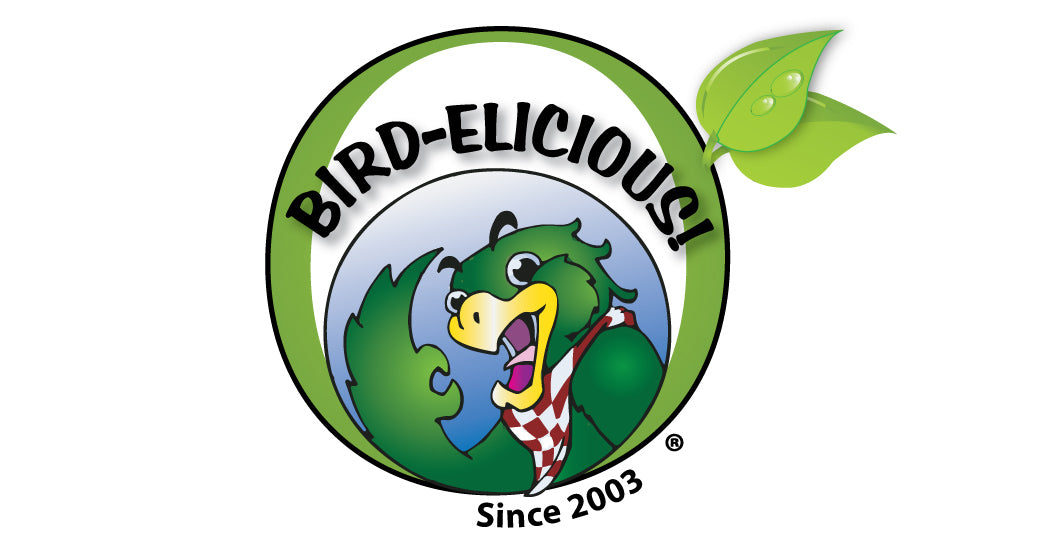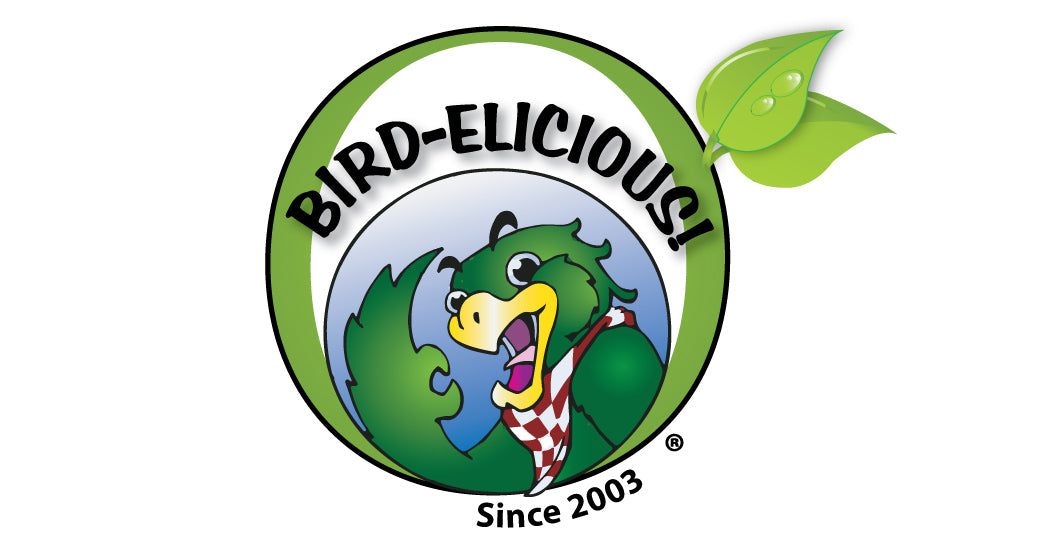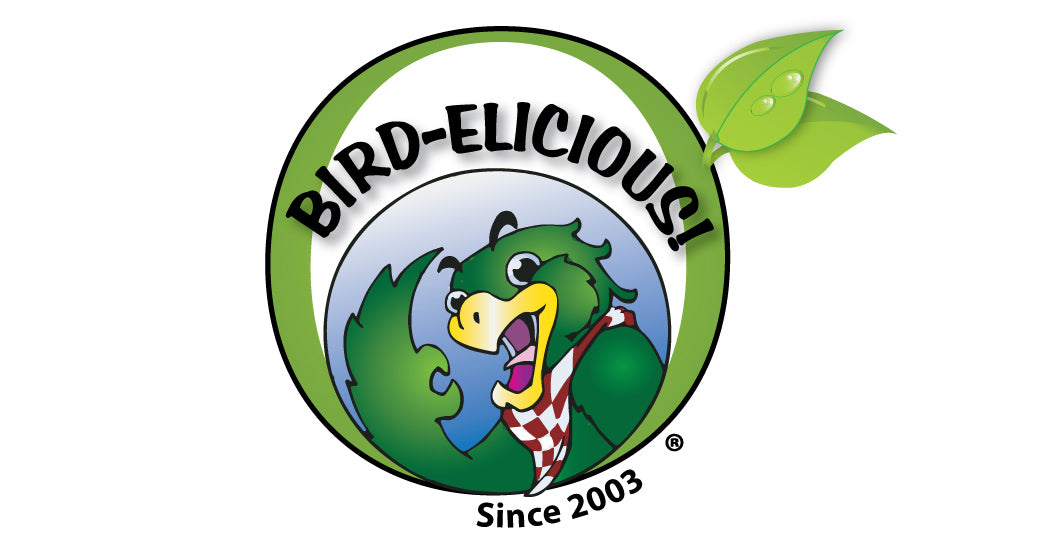Lentils are indigenous legumes for Cockatoos and Cockatiels, but adding a small amount to the diet of any species is a good idea. Notice I said a “small” amount. We don’t want to overdo legumes in any diet of any species due to the fact that no parrot would make legumes their main source of nutrition in the wild so we would not want to do so in captivity. Adding a small amount to any parrot’s diet is a good idea; adding a little more to a Cockatoo’s diet or a Cockatiel’s diet is perfectly fine.
Lentils are a good source of plant protein first and foremost as long as we understand how to tap that protein without reducing all of the other great nutrients such as the digestive enzymes, fatty acids and vitamins without destroying them in the process of deriving the plant protein.
As I have mentioned many times in my previous writings legumes do not need to be cooked in order to remove the “anti-nutrients” such as the phytates, hemagglutinins and lectins found in them. Most anti-nutrients are released from legumes during the sprouting process; this is not the case with *every* legume, but is the case with most legumes; lentils are one of the legumes that easily releases the anti-nutrients when sprouted leaving the most nutritious aspects of the seed for our birds to derive nutritional benefit from!
What are the nutritional benefits our birds might enjoy from sprouted lentils?
Cysteine:
One of the main nutrients we want our birds to derive from lentils is the amino acid “cysteine”. This is the prime reason I allow all of my birds to consume some amount of lentils, even those that lentils are not indigenous to their species. Cysteine is beneficial to proper feather formation. Without enough cysteine in our birds’ diets the disulfide bonds that literally “glue” feathers together will not take place. This is when we see “raggedy” and malformed feathers where the “barbs” of the feathers are not connected and the feathers are will not stay “zipped.” Or a bird’s feathers may open out of the shaft mal-formed and raggedy and unzipped. Much of this is because of a lack of the amino acid cysteine in the diet or a lack of absorption of cysteine even if it is in the diet in adequate amounts.
Cysteine is a “non-essential” sulphur-containing amino acid, meaning it is synthesized within the body if the essential acid (must be supplied by the diet) amino acid methionine is available or is properly absorbed. If not enough methionine is not in supplied in the diet, or if the body is suffering a malabsorption problem, then neither methionine or cysteine will be available for the proper regeneration and formation of feathers or other keratinized body parts such as the beak (soft beaks), talons, and even the skin will be dry, flakey and experience other skin problems. All of this can potentially cause our birds to engage in feather destruction.
Leucine:
Another essential amino acid lentils contains in a high amount is leucine. This amino acid is responsible for the synthesis of protein which transfers into lean muscle mass, especially skeletal muscle.
Glutamic Acid:
One more non-essential amino acid, naturally occurring glutamic acid is a neurotransmitter that helps in relaying information to the brain. It is also partly responsible for the metabolism of sugars and fats and helps the body break down other amino acids. Not to be confused with the artificial monosodium glutamate acid, a chemical salt used as an artificial flavoring made from glutamic acid.
Choline:
Lentils are a good source of choline, a B vitamin that helps detoxify the liver.
Sprouting lentils is very easy, just like mung beans, sunflower seeds, and most any other seed. Simply soak overnight in filtered water; rinse thoroughly and then begin the sprouting process. When a tiny tail is seen your sprouts are at their peak for the digestive enzyme “amylase”, that enzyme that aids in the breakdown of starch parrots do not produce in their mouth like humans do. You will most likely begin to see that tiny tail at day 2 or 3 which is when most of the anti-nutrients have left the seed. Once you soak for 24 hours and sprout for 2 days after that the anti-nutrients are very, very low and there is no need to cook.
It is highly believed that birds are not susceptible to anti-nutrients to the degree humans are anyway due to the fact they are aves and we are mammals with very different digestive tracts designed by Nature to digest and deal with toxins differently. At any rate until more research is available, it is best to sprout our birds’ seeds, legumes and grains to ensure maximum nutrition, removing as much of the anti-nutrients as possible. It’s best to err on the safe side and while we are still digging for more research information regarding Psittacine digestion and nutrition. We can do that by increasing the nutrition of seeds, legumes and grains we feed to our companion birds by sprouting instead of cooking and offering “live”, raw food!
©2015.7.1 Machelle Pacion Passion Tree House LLC All Rights Reserved




Leave a comment (all fields required)